Adra, an ancient port on the Mediterranean, is in Almeria province, Andalucia. Boabdil, the last Nazrid ruler of Granada, sailed into exile from here in 1493
By Nick Nutter | Updated 15 Jun 2022 | Almería | Villages |
Login to add to YOUR Favourites or Read Later
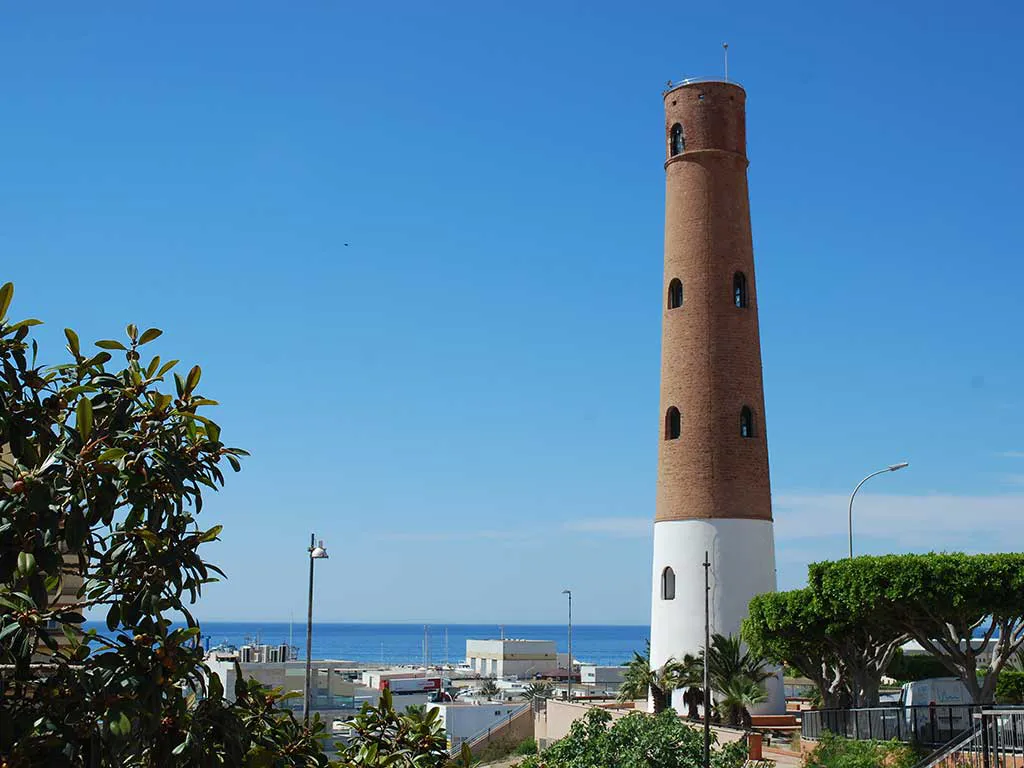
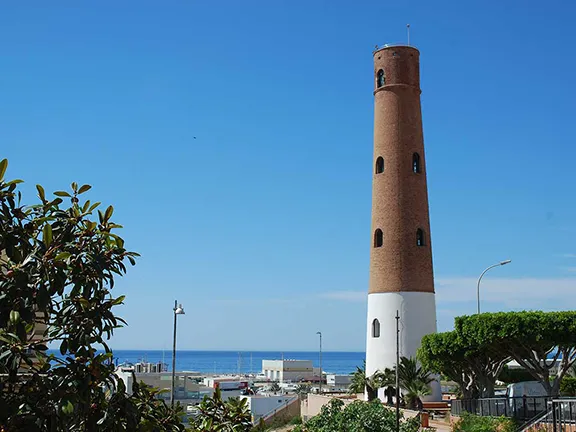
Torre de los Perdigones
Adra was already an ancient port when, in January 1492 following the reconquest of Granada, it was ceded, along with extensive adjacent territories in the Alpujarras, to Muhammed XII (Boabdil), the last Nazrid ruler of the Emirate of Granada. It was from Adra that, in October 1493, Boabdil embarked for North Africa along with his mother, his son and his sister and 1,700 followers. He carried with him nine million maravedies, proceeds of the sale of his fief in the Alpujarras to the Catholic monarchs. As he sailed away from shore it is said that Boabdil turned towards the snow-capped peaks of the Sierra Nevada’s and cast his golden sword overboard, vowing to return to collect it. He never did, dying in a magnificent palace in Fez in 1533.
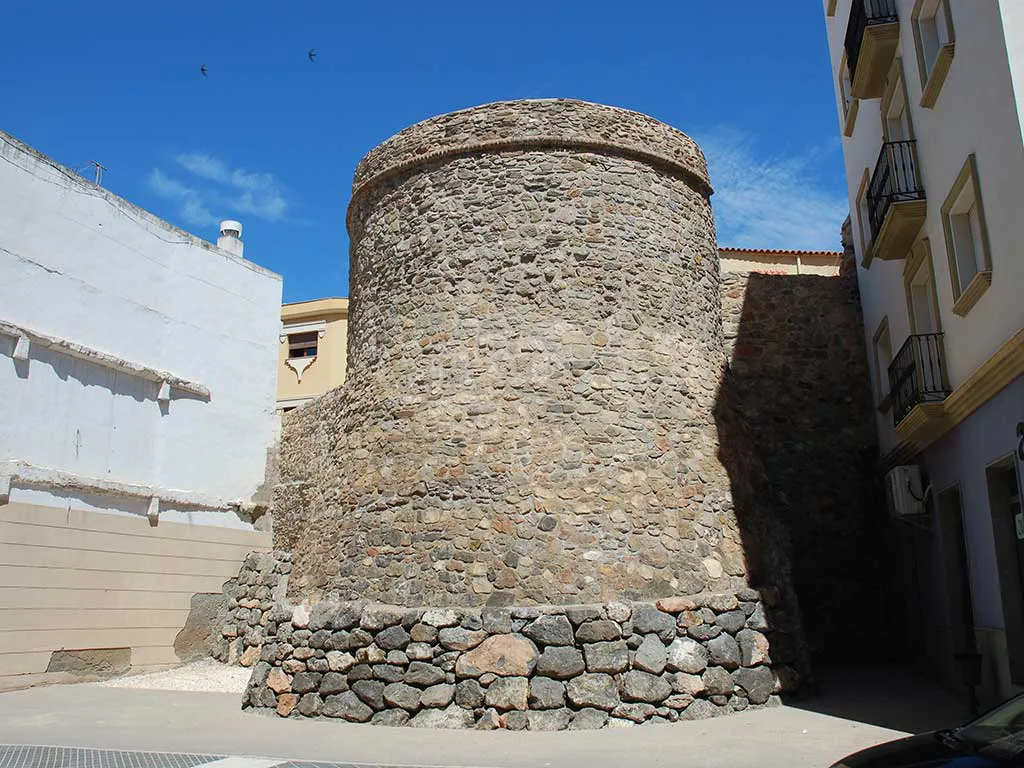
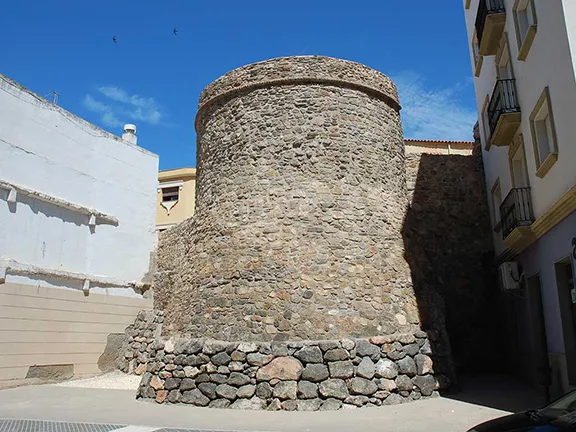
Muralles Adra
Being surrounded on three sides by plastic greenhouses, Adra, on the Mediterranean coast of Almeria, is not a natural tourist resort, indeed even the curious traveller may be discouraged. However, in recent years Adra has been rejuvenated. The area around the port has been beautified, buildings have been renovated and cleaned, the shops, restaurants and bars are thriving. Only a few know that Adra has a long and fascinating history; over 1 kilometre of blue flag beaches, a renowned nature reserve, and a thriving port with a modern marina. Even Boabdil is remembered with a rather short and undistinguished street named after him. For those who want to experience the 'real Spain', then a visit to Adra is strongly recommended.
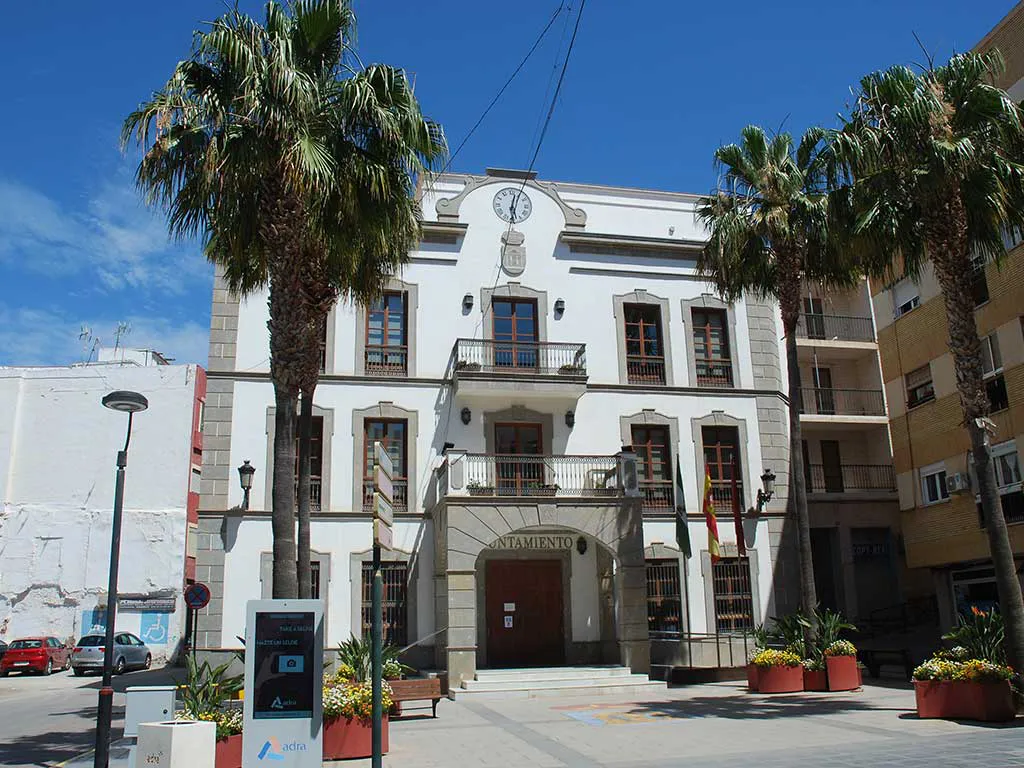
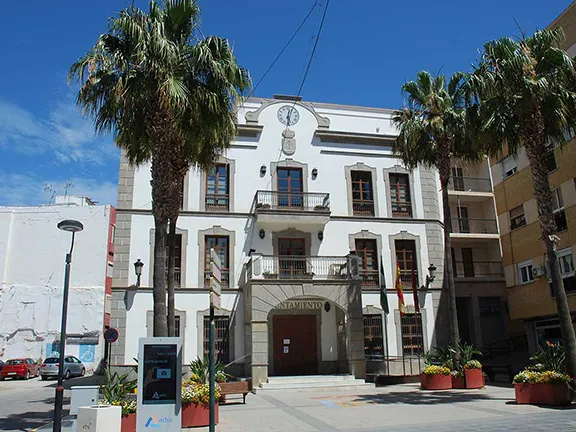
Ayuntamiento Adra
The story of Adra really starts on a 40 metre high mound just to the west of town, now called Montecristo Hill. Sometime during the 8th century BC, either the Phoenicians or, possibly the Greeks, established a trading settlement there. It later became a Punic site called Abdera. Activity focused on the iron deposits brought to Abdera from the Gador hills. The Romans arrived in 206 BC and the settlement started to grow beyond the original hill, the growth driven by the fish salting industry. It was not until the Moors arrived in 711 AD that Adra really started to flourish. Irrigation was introduced to encourage agricultural production, particularly the white mulberry tree, the basis of a silk industry. The port area developed with an increase in maritime trade. During the Christian era a castle was built between 1492 and 1495, part of the coastal defences erected to ward of Barbary pirates. This was followed by a strong wall enclosing part of the town known as Adra la Nueva to distinguish it from the older town. Adra la Nueva was a few tens of metres north east of the modern port and had a perimeter of nearly 500 metres. Parts of the wall and three of the defensive towers, renovated in 2008, can still be seen.
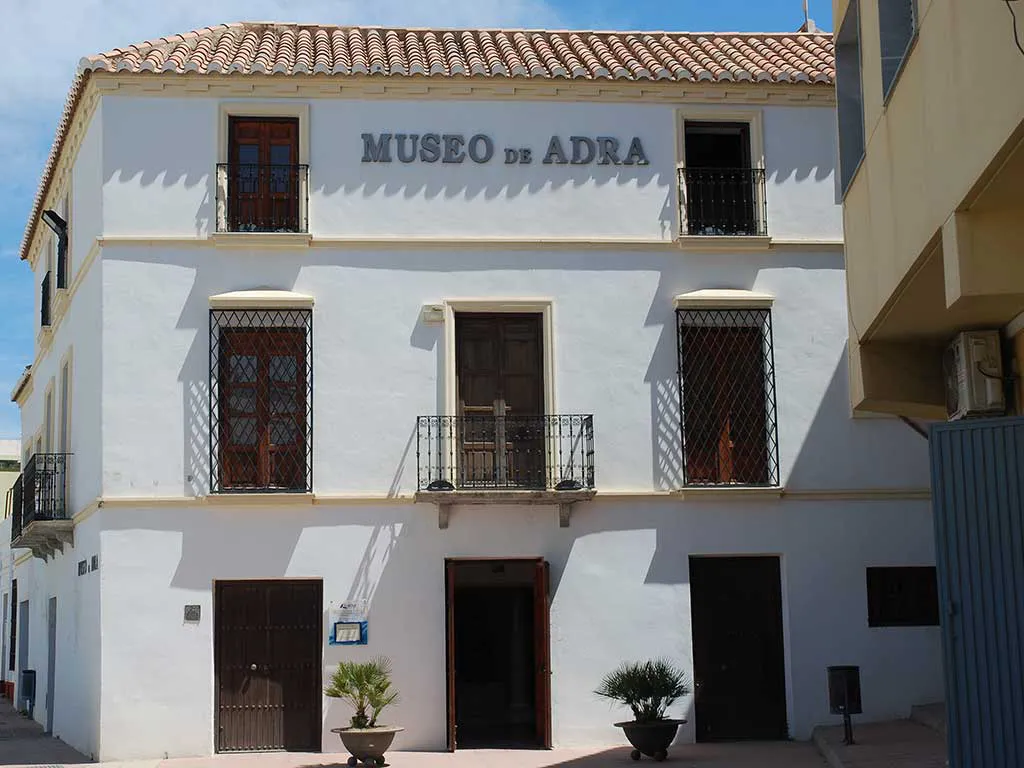
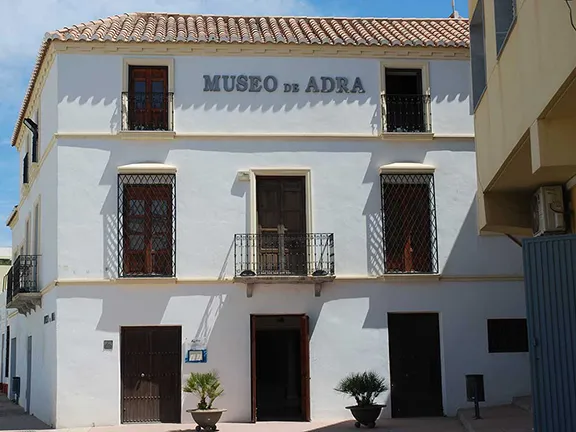
Adra Museum
The cultivation and processing of sugar cane was introduced to the area during the 16th century and this was followed by wine production in the 17th and 18th centuries. Several sugar factories were built in Adra and continued operating until 1972. In the early 21st century the factory once owned by the ‘Azucarera de Adra S.A.’ was restored to become a business centre.
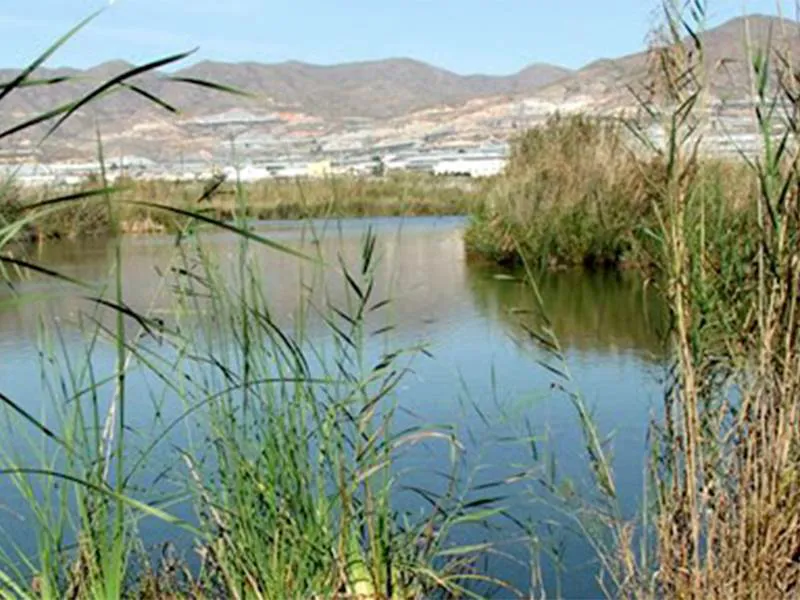
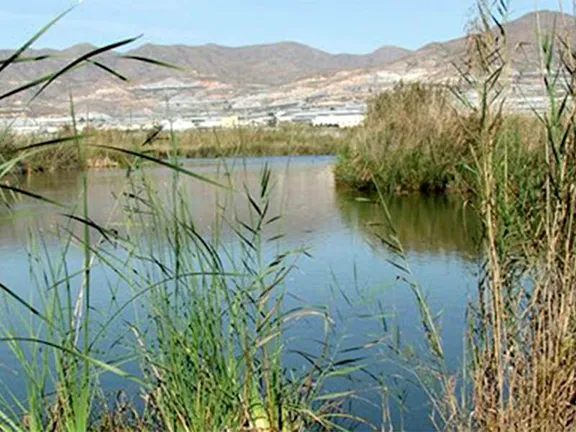
Albufera de Adra
Meanwhile, in the 19th century, lead became an important source of income for Adra. The ore came from the Sierra de Gador to foundries in Adra and the metal was exported from the port to all parts of Europe. The lead smelting factory, San Andres, had coal fired furnaces that had been manufactured in Britain, and in 1827, the second steam engine in Spain was installed. San Andres was the first lead smelter to operate on the Iberian Peninsular producing pellets, plates and pipes. The plant later produced bullets, white lead and red lead, both used in paints. In the 1840’s silver was also produced from ore now arriving from the Sierra Almagrera. The whole industrial complex has been preserved. The Torre de los Perdigones, or Tower of the Pellets’, was so named because of its use to make lead pellets. Molten lead was dropped from the top of the tower, 44 metres into a vat of cold water where it solidified instantly into pellets. The Fabriquilla de Vinagre was a laboratory where vinegar was used in the process of extracting the silver from the lead ore. All the noxious fumes from the furnaces and refining plants were carried to the Torre del Humo. Unfortunately they were not carried far enough and many people developed a disease that became known locally as ‘emplomamiento’, lead poisoning.
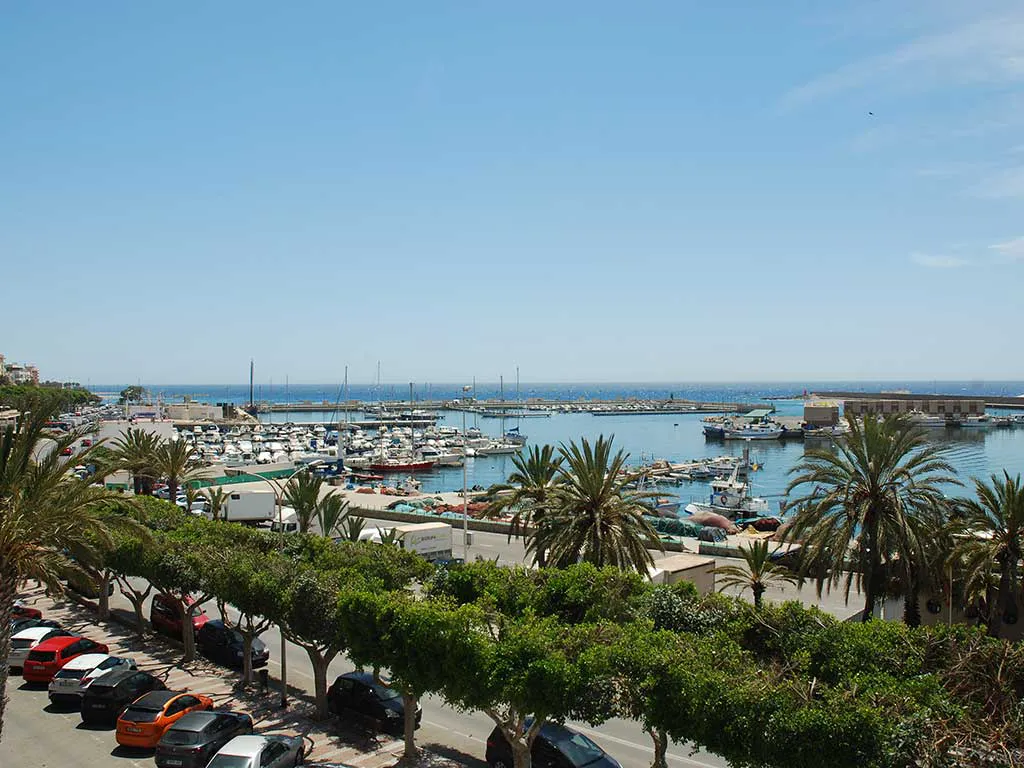
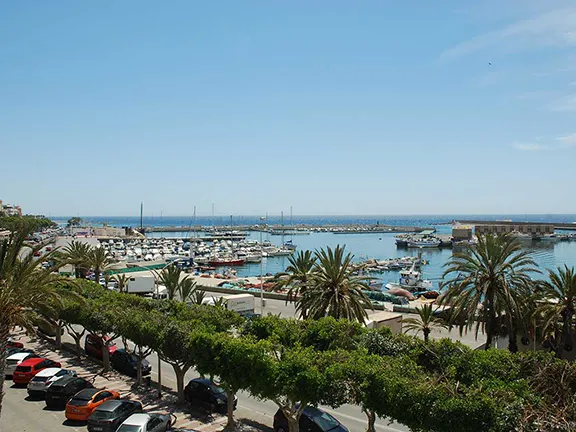
Puerto Deportivo Adra
Beneath the industrial complex are a series of air raid shelters built during the Civil War. Adra suffered one aerial attack on the 6th February 1937, two days before the Nationalist occupation of Malaga and the subsequent capitulation of the whole of the coast of Granada. With the front line only 40 kilometres away the population feared further air attacks and had subterranean shelters built beneath much of the town. As it transpired there were many false alarms and no actual attacks and the civilians became tired of running to the overcrowded, unhygienic shelters.
Today, Adra’s economy is based on the intensive cultivation of fruit and vegetables beneath the acres of plastic that surround the town.
Three kilometres east of Adra is the most important Nature Reserve in Almeria, Albufera de Adra. Two permanent lakes, La Albufera Honda and La Albufera Nueva, fed by waters from two gorges inland and filtered sea water host an amazing variety of waders. Strategically placed hides allow a good view of the waters. What makes this oasis in the semi desert area even more unusual is that both lakes are totally surrounded by plastic greenhouses.
Unfortunately the site is now closed to the public (May 2021). Visits can be arranged by contacting the museum.
You can escape the plastic on the beaches either side of the port entrance. El Censo beach at the eastern end of the town has disabled access. To the west of El Censo is San Nicolas beach, so named from the renovated sugar factory, El Ingenio de San Nicolas, situated just back from the shore. On the western side of the port you will find a succession of sandy beaches backed by a paseo with restaurants and chiringuitos. Sirena Loca beach is favoured by the local families whilst the adjacent Caracola beach is visited by those practising water sports such as diving, snorkelling and fishing. It is a quieter beach due to the rocky seabed. Finally, Adra has a beach dedicated to pets. At the very western end of town is La Rana beach, locally known as Playa de perro. It is the first official canine beach in Almeria. Sadly it is overlooked by those plastic greenhouses but I don’t think the dogs notice.
In a quaint old building alongside the 17th century Ermita de San Sebastian, the Museo de Adra has artefacts that record the history of the town from the El Argar period plus a whole floor devoted to the Albufera de Adra. Nearby are the remains of the Roman salt processing factory, now preserved under glass in front of the Ermita.